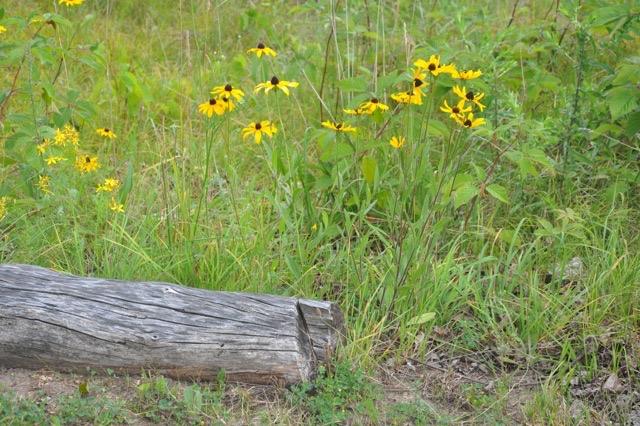This year, I came across the term ‘Nature Deficit Disorder’. Several years ago, Richard Louv coined the term to represent the affect of removing nature from our lives. In his book, Last Child in the Woods: Saving Our Children From Nature-Deficit Disorder, Louv suggests that there are many benefits to young people’s engaging in outdoor recreation, such as improved cognitive development, creativity, and cooperative play. (1)
In the past, children and adults would spend several hours each week outdoors. This is no longer the case. The lure of technology, television combined with longer work hours and busier schedules has created a problem. For today’s generation, nature is found on Youtube or Wikipedia rather than through actual experience. This disconnection with nature may be having a profound affect on all of us. Outdoor recreation has fallen significantly in recent years and this reduction may have long-term implications for the health and well-being of our children. (2)
Over the past several years there has been more research testing the effect of spending time in nature. The initial benefits were expected to be related to increased physical activity. Spending time outside encourages children to be more active. You probably have noticed the effect of being outside with your own families. Researchers have reported that children who are physically active outdoors have lower risk of developing a chronic illness. (3) Many hope this outdoor recreation may also assist in addressing the increased prevalence of obesity and inactivity that we are witnessing worldwide.
But there may be more to the story than just being more physically active. Adventure education programs have been linked with the development of interpersonal skills among children. (5) Even a room with a view has been showed to help protect children against stress. (6) One study demonstrated that a 20 minute walk in the park helped improve the concentration of children with attention deficit disorder. (7)
I found this research very interesting. But how does it work? We do not actually know but one theory is that there 2 type of attention (or concentration). One is the voluntary concentration. This is the one that we use at work or at school as we are trying to learn something new or complete a task. It requires a lot of effort. The second type of concentration is automatic and requires no effort on our part. Spending time in nature falls into the second category. The natural setting holds our attention without effort. The theory for why time in nature improves concentration is that spending time in nature rests the active concentration and therefore allowing people or children to focus better after time in nature.
In adults, the effect of time in nature has also demonstrated to be good for your health. (8) A recent review reported that knowing and experiencing nature makes us generally happier, healthier people. (9) Access to green spaces has also been linked with lower mortality rates in older adults. (10) Apparently, people don’t have to head for the woods to enjoy nature’s beneficial effects. Even being able to see nature from a window can be helpful.
If you are interested in reading more about this topic, please refer to the following books:
- With People in Mind: Design And Management Of Everyday Nature by Rachel Kaplan and Stephen Kaplan
- Your Brain on Nature by Eva Selhub and Alan Logan
- Go Wild by John Ratey and Richard Manning
- Keeping a Nature Journal: Discover a Whole New Way of Seeing the World Around You by Clare Walker Leslie, Charles E. Roth
Nature holds our attention without effort!
References:
- Louv, Ricard. Last Child in the Woods: Saving Our Children From Nature-Deficit Disorder. 2005.
- Pergams O, Zaradic PA. Evidence for a funda- mental and pervasive shift away from nature-based recreation. Proceedings of the National Academy of Sciences of the United States of America. 2008; 1-6.
- Strong W et al. Evidence based physical activity for school-age youth. Journal of Pediatrics. 2005. 146, 732-737.
- Kueger et al. Building on Partnerships: Reconnecting Kids With Nature for Health Benefits. Health Promot Pract 2010 11: 340
- Hattie J et al. Review of Educational Research, 1997; 67, 43-87.
- Wells N, Evans G. Nearby Nature: A Buffer of Life Stress among Rural Children Environment and Behavior May 2003 35 no. 3 311-330
- Faber Taylor, A. & Kuo, F.E. Children with attention deficits concentrate better after walk in the park. Journal of Attention Disorders. 2009; 12, 402-409.
- Lee AC, Maheswaran R. The health benefits of urban green spaces: a review of the evidence. J Public Health (Oxf). 2011;33(2):212-22.
- Humans and Nature: How Knowing and Experiencing Nature Affect Well-Being. Annual Review of Environment and Resources. 2013 Vol. 38: 473-502
- Takano T, Nakamura K, Watanabe M. Urban residential environments and senior citizens’ longevity in megacity areas: the importance of walkable green spaces. J Epidemiol Community Health. 2002; 56:913 – 8.
